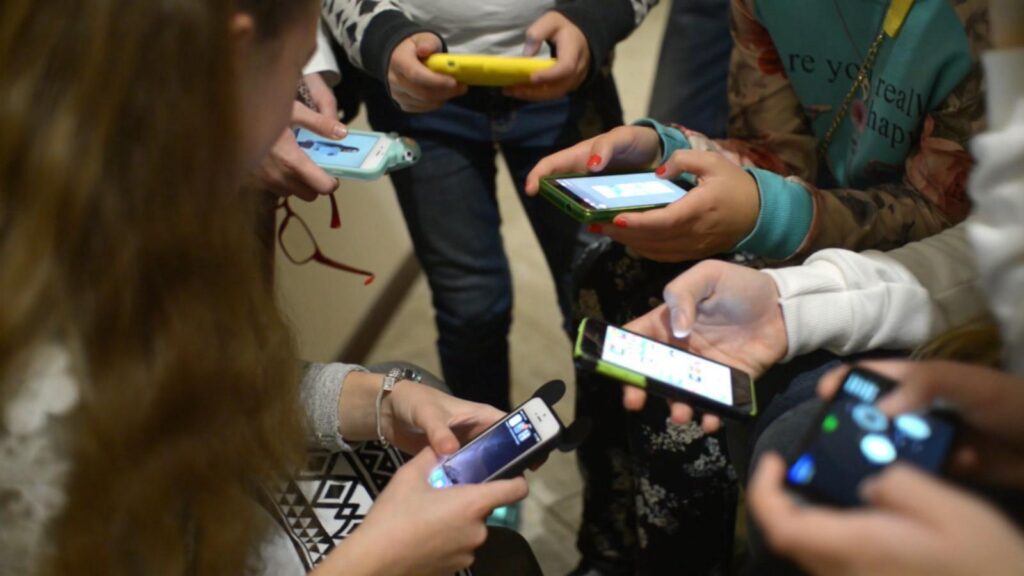In a bold move aimed at addressing concerns over youth cellphone use and social-media addiction, the Los Angeles Unified School District (LAUSD), the nation’s second-largest school system, has voted to implement a comprehensive ban on cellphones throughout the school day. This decision, passed with a 5 to 2 vote by the school board, marks a significant shift from the district’s previous policy, which allowed cellphone use during breaks but restricted it during class time.
The rationale behind this ban is rooted in mounting evidence highlighting the detrimental impacts of excessive cellphone use on students’ mental health, physical well-being, and academic performance. Advocates of the ban argue that reducing distractions from smartphones could foster a more focused learning environment and mitigate issues such as cyberbullying and inappropriate social media use.
However, the transition to a cellphone-free school environment poses several challenges that the district must navigate effectively. One of the primary concerns is enforcement. Despite existing policies that limited cellphone use during instructional hours, implementation has been inconsistent across classrooms, with teachers often finding it difficult to monitor and enforce rules without consistent consequences.
The proposed ban, set to take effect by January pending policy development, raises logistical questions about how to effectively manage over 414,000 students across 800 campuses. LAUSD is considering various strategies, including physically locking phones away in lockers or specialized pouches that restrict access during school hours. Similar approaches, such as using nonlocking pouches that block cell signals, have been adopted by other large school districts like Clark County in Las Vegas.
Proponents of the ban argue that such measures are necessary to create a cultural shift within schools, empowering teachers and administrators to reclaim instructional time and refocus student attention on academic pursuits. Nick Melvoin, a board member supporting the ban, emphasized the urgency of addressing the negative impacts associated with unchecked cellphone use, citing detrimental effects on students’ mental health and academic performance.
While LAUSD joins a growing number of districts nationwide moving towards stricter cellphone policies, the effectiveness of these measures remains a topic of debate. Critics argue that blanket bans may be overly restrictive and could infringe on students’ access to educational resources and communication with parents. Moreover, concerns about equity arise, particularly for students who rely on smartphones for internet access or communication in low-income households.
In response to these concerns, LAUSD plans to tailor the extent of the ban based on grade levels, acknowledging the varying developmental needs and educational contexts across elementary, middle, and high schools. This nuanced approach aims to balance the benefits of reducing distractions with ensuring equitable access to technology and maintaining effective communication channels between students, parents, and educators.
As LAUSD prepares to implement its new policy, the district faces a critical period of adjustment and adaptation. The success of the cellphone ban will hinge not only on robust policy development and enforcement mechanisms but also on fostering a supportive school climate that encourages responsible technology use. By leveraging lessons learned from other districts and collaborating closely with stakeholders, LAUSD aims to create an environment where students can thrive academically and socially while addressing the challenges posed by pervasive cellphone use in schools.
